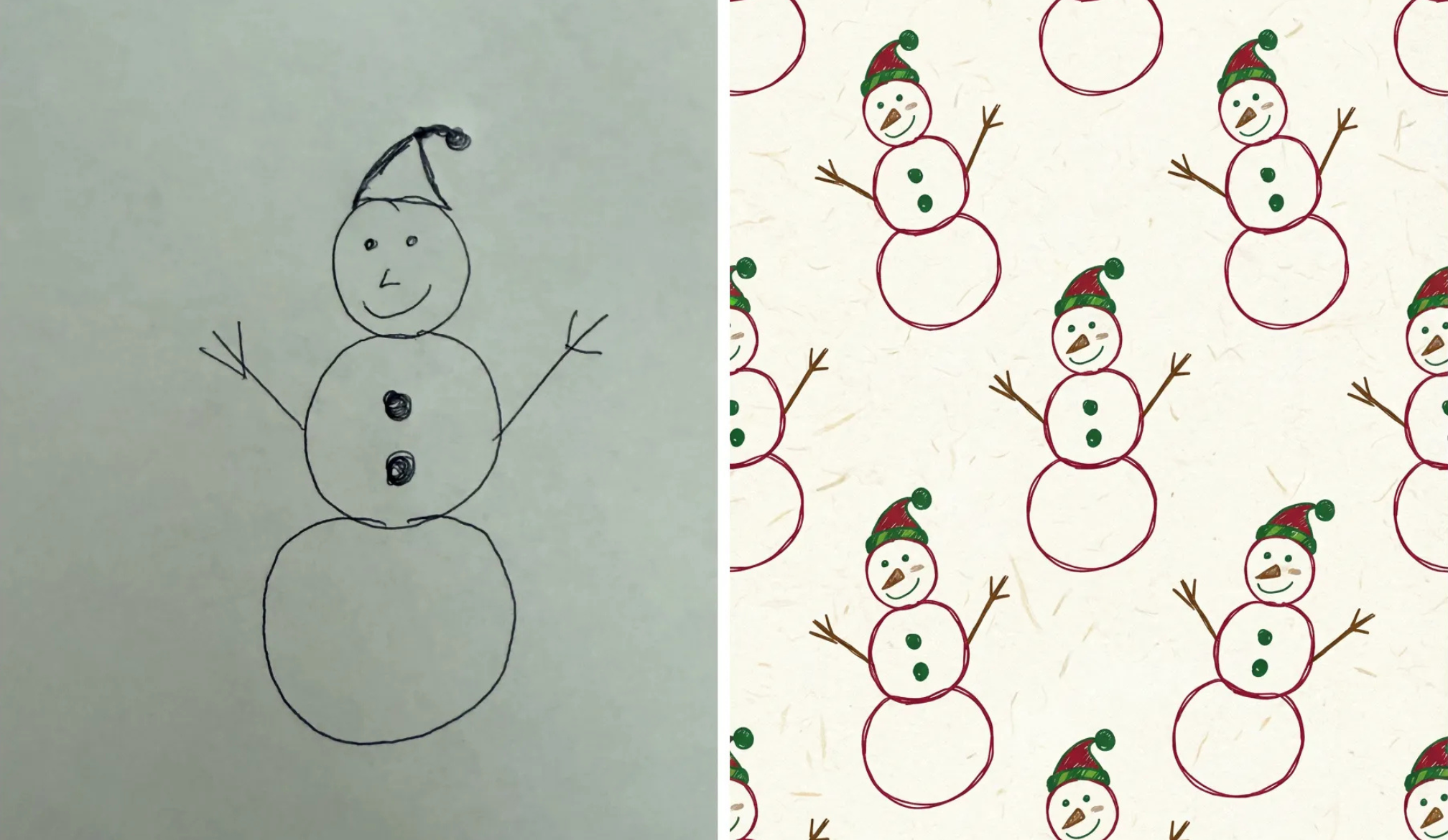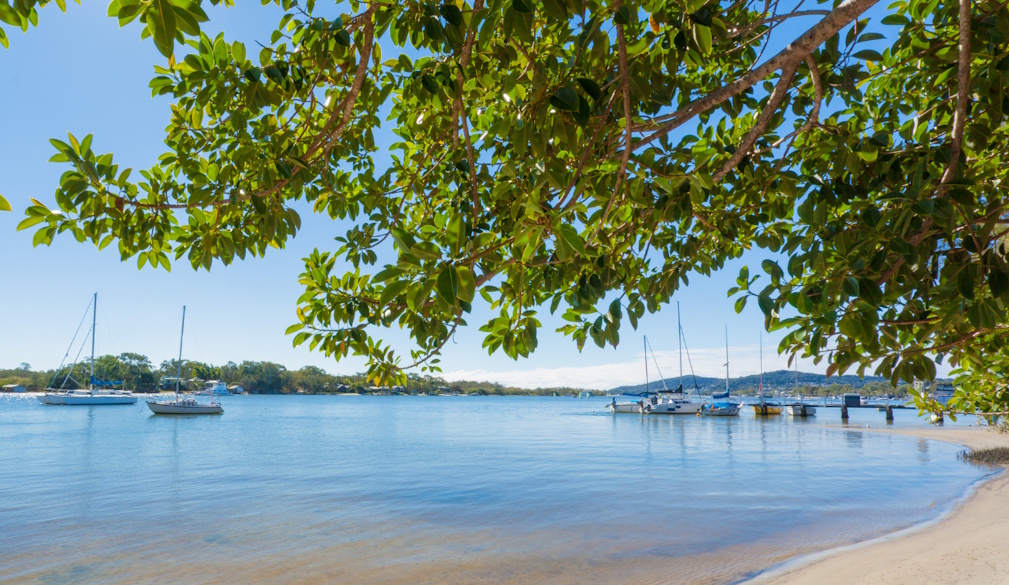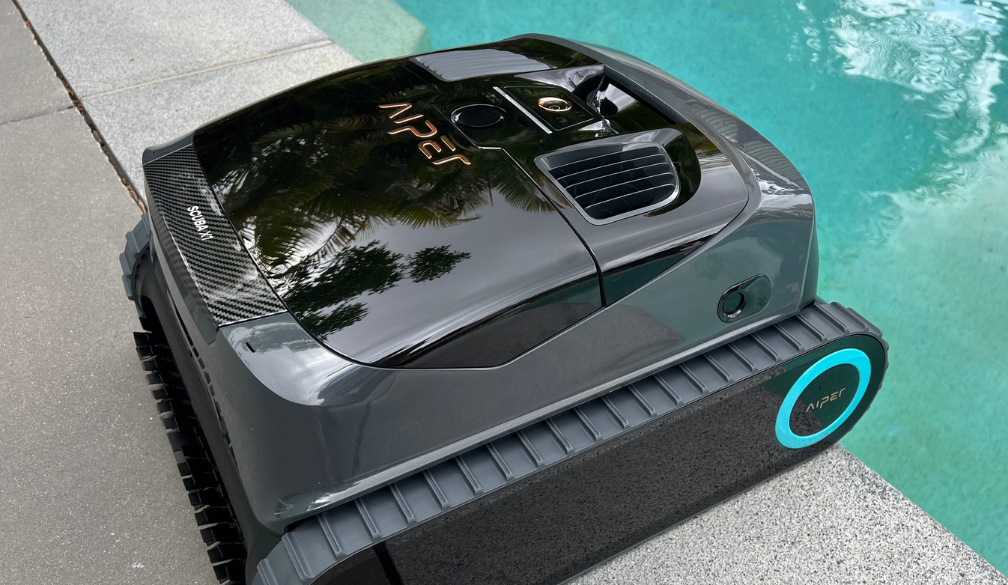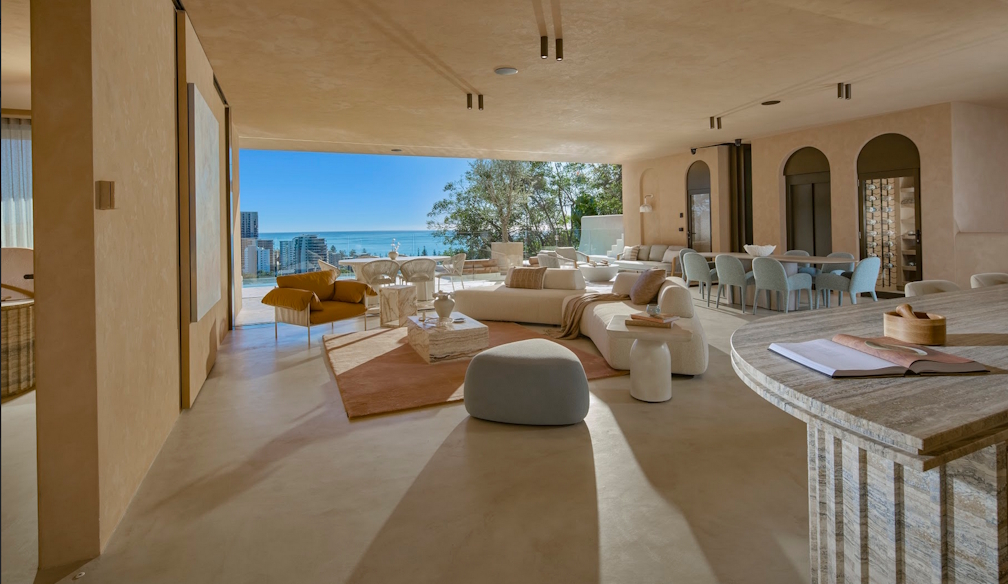Discover the Beauty of Gravel in Planted Aquariums
- Written by NewsServices.com
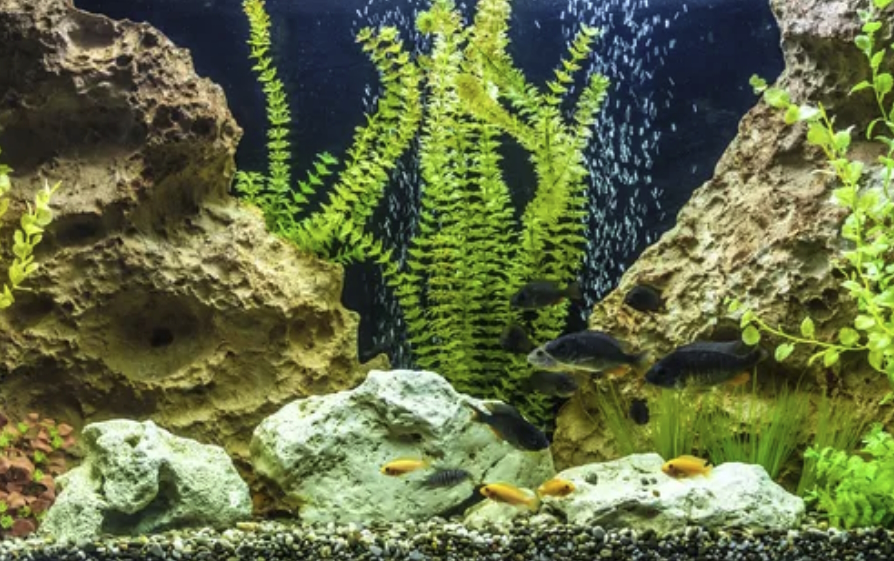
Types of Gravel for Planted Aquariums
Gravel is an essential component of any planted aquarium. It helps to provide a stable substrate for plants to anchor their roots, and also helps to keep the water clean by allowing beneficial bacteria to thrive.
With so many types of gravel available on the market, it can be difficult for fishkeepers to know which type will best suit their tank. In this article, we will discuss some of the different types of gravel that are suitable for planted aquariums. Visit this link https://eastoceansg.com/collections/aquascaping-tools, for further information about gravel for planted aquariums.
First up is sand. Sand provides a great anchoring surface for plants, and it's fine particles help create an interesting aesthetic in your tank. It is also very easy to clean and maintain as it does not trap dirt or debris as much as other substrates can. The only downside with sand is that when disturbed it can cause clouding in the water due to its fine particles being released into suspension; however, this issue can easily be avoided by using an aquarium vacuum cleaner regularly when cleaning your tank.
Next up is pea gravel or small stones which are larger than sand but still small enough not to harm any fish or invertebrates living in the tank – such as shrimp and snails – should they accidentally ingest them while rooting around in search of food scraps on the substrate floor!
Benefits of Gravel for Planted Aquariums
Aquariums are a popular way to bring a touch of nature into the home. They offer an escape from the stresses and strains of everyday life, as well as provide an educational opportunity for children. While many aquariums don't require the addition of gravel, for planted aquariums, it can be beneficial. Here are some of the benefits that gravel can bring to your planted aquarium:
- Nutrient Storage - Gravel provides a substrate in which essential nutrients required by plants can be stored and released slowly over time, meaning that plants don't need to be fed with additional fertilizers on a regular basis. This also helps keep water quality stable and prevents any major fluctuations in water parameters that could harm delicate fish or invertebrates living in your tank.
- Root Support – The larger grain size of gravel helps provide support for plant roots while they grow in length and develop their root systems properly. This is especially important when using large or heavy-rooted species such as sword plants or even stem plants like Cabomba or pennywort which need good anchorage to stay upright in the current created by your filter flow rate.
- Filtration – Gravel acts like a natural filter media when used correctly within an aquarium setup.
Drawbacks of Gravel for Planted Aquariums
When it comes to creating a planted aquarium, gravel is often the substrate of choice. Gravel provides a great base for plants to root and grow in, allowing them to flourish in your tank. However, it's not without its drawbacks. Here are some of the potential problems that can arise when using gravel for planted aquariums:
- Nutrient Deficiencies: Gravel has limited nutritional value compared to other substrates such as sand and soil. This means that nutrient deficiencies may occur if you don't supplement with fertilizers or additives regularly - especially if you're trying to grow more demanding species of plants.
- Algae Growth: While gravel does help some aquatic plants thrive, it also creates an ideal environment for algae growth because it traps uneaten food particles and decaying organic matter which can attract unwanted algae populations. To prevent this from happening, make sure your tank is properly filtered and cleaned on a regular basis as well as remove excess food from the tank after each feeding session.
- Limited Root Growth: Gravel does not provide much room for plant roots to spread out which can stunt their growth over time - limiting their ability to take up essential nutrients and oxygen from the water column necessary for healthy growth and development in your tank.
Tips for Choosing the Right Gravel for Your Planted Aquarium
When it comes to creating a beautiful planted aquarium, the substrate is key. Gravel is the most popular substrate choice for planted aquariums and can make or break your aquatic environment. With so many different types of gravel available, choosing the right one for your tank can be overwhelming. Here are some tips on selecting the best gravel for your planted aquarium that will help you create a stunning and healthy home for your fish and plants:
- Choose gravel size based on plant selection - When deciding which type of gravel to use in your aquarium, consider which type of plants you plan to add. For smaller plants, opt for a finer grain size like sand or pea-sized gravel as these won’t block out light from reaching their delicate roots. On the other hand, if you’re looking to create an aquascape with larger plants like swords or anubias sp., then medium-sized gravel should do just fine.
- Consider colour and texture - The colour and texture of your substrate will play a huge role in creating an aesthetically pleasing aquascape that complements both fish and plant life alike! If you’re looking to recreate a natural environment with vibrant colours, consider using dark-coloured substrates such as black diamonds.
Conclusion
Gravel can be a great addition to a planted aquarium. It provides essential nutrients and minerals needed for the plants to thrive while also contributing to the overall aesthetic of the tank. Gravel also provides beneficial bacteria which help keep your aquarium clean and healthy. There are many types of gravel available, so it is important that you choose one that is compatible with your aquarium environment and plants.



